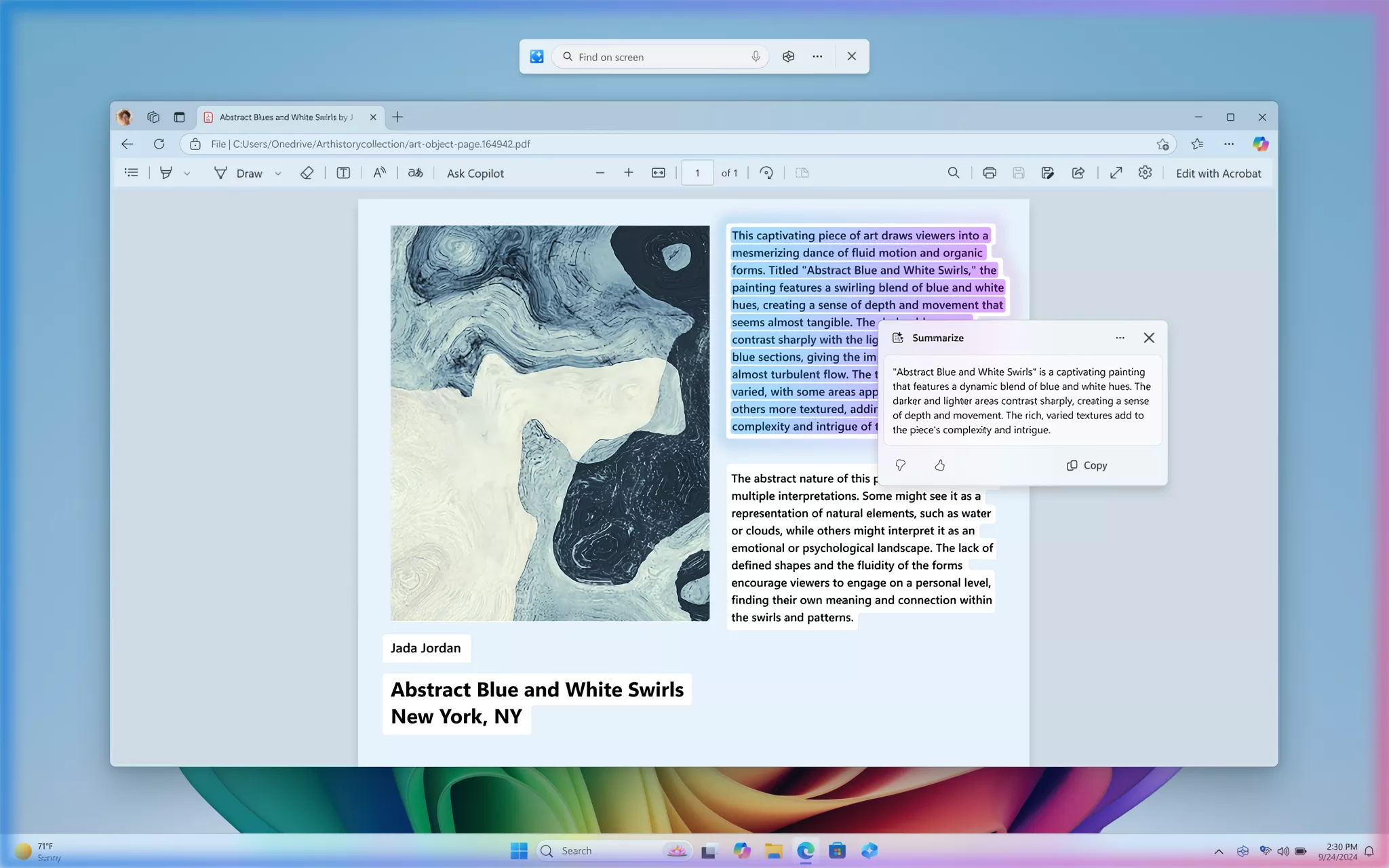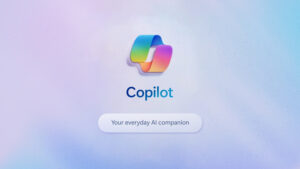Microsoft Reintroduces Recall Feature on Copilot+ for Windows PCs Following Privacy Improvements

Understanding Microsoft’s New Recall Feature
Insight into Privacy Concerns
As technology continues to evolve, personal data security remains a pressing issue. Every month, reports surface about personal information being leaked online. With this backdrop, the introduction of Microsoft’s Recall feature raises questions about privacy and data safety. Recall captures screenshots every few seconds, creating a searchable timeline of your screen activity. While the goal is to make information retrieval seamless, concerns about the safety of such a feature are valid. The potential for sensitive information, like passwords and personal messages, to be stored and accessed by others poses significant risks.
What is Microsoft’s Recall Feature?
Microsoft has recently launched its Recall feature, specifically designed for users of the new Copilot+ PCs. This tool was first introduced in 2024 but faced criticism regarding privacy, causing Microsoft to delay its release. As a response to privacy concerns, Recall is disabled by default and can be uninstalled at any time.
Key Functions of Recall
Captures Screen Activity: Recall takes screenshots at regular intervals to help users revisit their activities on the device.
Searchable Timeline: Users can retrieve their screen history using natural language queries, making it easy to find past activities.
Local Data Processing: Data captured by Recall is stored locally, meaning it does not get uploaded to the cloud, enhancing user privacy.
- Opt-In Feature: Recall is not activated automatically; users can choose to enable it manually when they feel comfortable.
Privacy and Security Measures
Initially, Recall raised alarms among security experts and privacy advocates because it often captured sensitive data without redaction. In light of this feedback, Microsoft took several steps to enhance the security of Recall:
Local Storage: Data is kept on the device, reducing the risk of external breaches.
Biometric Security: Accessing Recall’s timeline requires Windows Hello biometric authentication, adding an extra layer of security.
- Customizable Settings: Users can pause data capture, exclude specific apps or websites from being monitored, and delete stored content whenever they choose.
How to Manage the Recall Feature
If you decide to opt for this feature, Microsoft has made it straightforward to manage:
Enable Recall: To activate Recall, navigate to Settings > Privacy & Security > Recall & Snapshots and switch it on.
- Uninstall Recall: If you wish to remove it, go to Settings > System > Installed Apps, search for “Recall,” and select the uninstall option.
Availability of Recall
Recall is being rolled out exclusively on Copilot+ PCs, a new line of laptops featuring built-in Neural Processing Units (NPUs) for enhanced local AI capabilities. Existing PCs may not support this feature, limiting its availability to users of the latest technology.
Closing Thoughts
While the Recall feature aims to provide a more efficient way to track on-screen activity, its privacy implications cannot be overlooked. Users should carefully consider their need for such technology against the potential security risks. Microsoft’s proactive approach to addressing these concerns is commendable, but ultimately, the decision to use Recall rests in the hands of individual users.






